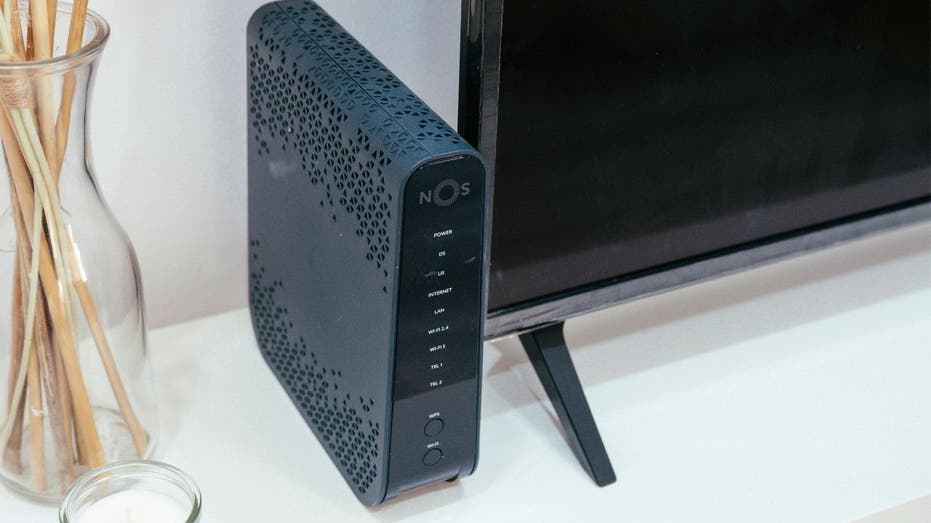
How to Create a Professional-Grade Home Network
In an era where remote work is becoming increasingly prevalent, having a reliable home network is essential. Whether you are participating in video conferences, streaming your favorite shows, or working on important tasks, a strong and secure home network is no longer just a luxury—it’s a necessity.
Building a High-Performance Home Network
A well-configured home network ensures that your devices remain connected and that your online experience is seamless. Here’s a comprehensive guide on setting up a high-performance home network, understanding the necessary equipment, and securing your connection.
Choosing the Right Location for Your Router
To start, it’s crucial to place your router in a central location within your home. The closer your devices are to the router, the stronger and more reliable your Wi-Fi signal will be. If you opt for a wired network, connect a switch or Ethernet hub to an available power outlet using a high-quality Ethernet cable for optimal performance.
Configuring Your Router’s Security Settings
Once your router is installed, the next step is to configure its security settings. Refer to the instructions provided with your device, which are often printed on the router itself. Key settings to modify include renaming your network (SSID) and updating the network security key to enhance protection.
Wired vs. Wireless Network: What’s Best for You?
When setting up your home network, you must decide between a wired or wireless configuration.
– **Wired Networks**: These offer enhanced security and faster speeds, making them ideal for tasks that require a stable connection.
– **Wireless Networks**: These provide the convenience of connecting multiple devices without additional hardware.
For wired connections, use an RJ-45 network cable to link your device to the router or switch. Most modern routers support Gigabit Ethernet (1,000 Mbps), and using Cat5e, Cat6, or Cat6a cables is recommended for optimal performance.
The Role of Network Switches
Switches are vital for connecting multiple wired devices in your home network. They facilitate communication over a single Ethernet segment and can be cascaded to expand your network. Additionally, some switches offer Power over Ethernet (PoE), allowing you to power devices like access points or security cameras without needing a separate power outlet—perfect for hard-to-reach areas.
Connecting Wireless Devices
To connect wireless devices, ensure you have a Wi-Fi-capable router or wireless access point. Wi-Fi technology comes in various generations, such as Wi-Fi 5 and Wi-Fi 6. Verify that your devices and router are compatible with the latest Wi-Fi version, and consider using a USB adapter if needed for compatibility upgrades.
Understanding Wi-Fi Bands
Wireless networks operate on two primary frequency bands:
– **2.4 GHz**: Offers a wider range but slower speeds.
– **5 GHz**: Provides faster speeds but with a shorter range.
Optimizing Your Wi-Fi and Internet Connection
Both wired and wireless networks may experience connectivity issues due to physical barriers or distance from the router. To enhance your network range, consider options such as:
– **Wi-Fi Extenders**: Boost the signal to hard-to-reach areas.
– **Mesh Networking Systems**: Provide seamless coverage throughout your home.
Prioritizing Network Security
Securing your home network is critical for safeguarding your privacy. Here are some best practices:
– Change default usernames and passwords.
– Enable WPA3 or WPA2 encryption.
– Regularly update your router’s firmware.
Evaluating Your Internet Service Provider
Regardless of how advanced your home network setup is, your internet speed and reliability heavily depend on your provider and plan. If you are experiencing issues such as lag or buffering, it may be time to upgrade or switch to a more robust internet service.
Investing in a Reliable Home Network
Setting up an optimal home network might seem daunting, but with the right approach, it can be a straightforward process that significantly enhances your digital experience. By understanding your network components, prioritizing security, and investing in quality equipment, you can create a reliable digital infrastructure that supports your work and lifestyle. Remember, a well-configured network is an investment in your productivity, entertainment, and peace of mind.
We’d Love to Hear from You!
What other home technology topics would you like tips and tricks on? Let us know your thoughts and questions.
For more tech tips and security alerts, subscribe to our newsletter. Together, we can create a safer and more efficient digital environment for everyone.

